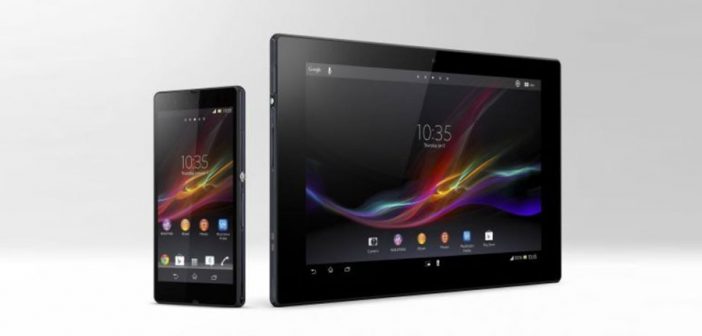Almost 2 billion people worldwide are said to own a mobile phone. So it is no surprise that mobile advertising continues to be the fastest-growing sector of the advertising industry.
Sources say that the number of mobile phones has outstripped the number of television sets, laptops and PCs. According to a recent Forrester research study, this enormous number of mobile devices translates into 30 billion daily instances when people are interacting with their smartphones.
The numbers speak for themselves.
Per the Interactive Advertising Bureau (IAB), during financial year 2015, mobile advertising revenue surged 66 percent to $20.7 billion, compared to $12.5 billion in 2014.
Meanwhile, display-related advertising (non-mobile) revenues totaled $13.9 billion for the year, an increase of only 3 percent over $13.5 billion in 2014.
More views on mobile than tablet. But what about completion rates?
As the digital advertising marketplace continues to develop, mobile display advertising continues to outperform desktop.
But within this digital platform, different consumer behavior and trends are evolving with regard to mobile and tablet.
For instance, research shows that the demand for video ads in mobile is larger than it is in tablets.
In the second quarter of 2016, the volume of ad impressions on mobile grew to 84 percent compared to 76 percent in the first quarter.
Meanwhile, the volumes of ad impressions on tablet fell slightly to 16 percent, down from 24 percent in the first quarter.
While demand for video ads may be higher in mobile, data suggests that completion rates are higher in tablets.
There are also differences between the volumes of ad impressions and completion rates on desktop, mobile and tablet devices according to when viewers are consuming the media from the particular devices.
Based on what we see, the volume of ad impressions on desktop drops during the weekends, while rising on mobile. During the week, ad volumes on desktop rise, while falling on mobile.
The opposite is true for completion rates: Completion rates on mobile devices including tablets rise during the week and drop on weekends. On desktop, they fall during the week and rise on weekends.
Closer look at mobile
Publishers understand that mobile- and tablet-optimized videos and Web sites are a must for the digital media industry – for themselves and advertisers alike.
Even while knowing that consumer time on any medium does not always translate to digital viewable ad impressions, they are aware that things can be done to increase effectiveness of targeted digital advertising.
The Interactive Advertising Bureau (IAB) concurs.
The association recently published research to analyze which aspects of mobile video advertising are most vital in reaching audiences and how these qualities vary across generations.
The “Multiscreen Video Best Practices” report focuses on the impact of length and screen size variables in driving advertising efficacy.
Among the IAB’s report findings:
● Tablet and smartphone videos are equally likely to impact millennials, but smartphones can present an opportunity to maximize reach among younger consumers. Meanwhile, tablets can be particularly impactful across lower funnel metrics if targeting consumers 35-54
● Ideal ad length can vary by generation. Ten-second videos can help maximize impact among millennials. However, among consumers 35-54, the communication potential of 30-second videos has an advantage when trying to impact lower funnel metrics
● Longer videos still have a role to play among millennials, even on mobile. While millennials tend to prefer shorter ads, trying to communicate too much in a few seconds can lead to confusion and limit message takeaway
CONSUMER BEHAVIOR drives the digital media industry.
The ongoing evolution of mobile advertising presents new video ad formats and more sophisticated targeting for their success.
As this niche is only going to continue to grow, publishers need to pay attention to the different trends within mobile niche. Otherwise they will get left behind.
This article first appeared in www.luxurydaily.com

